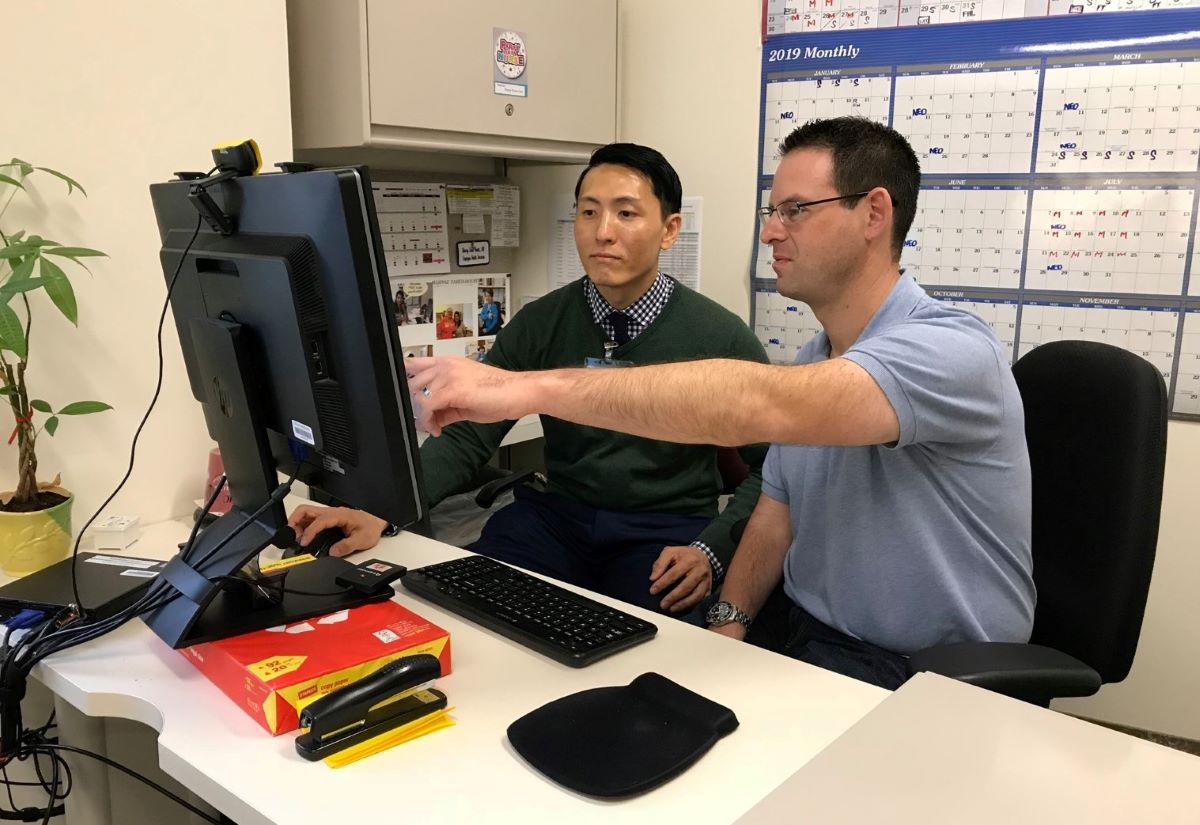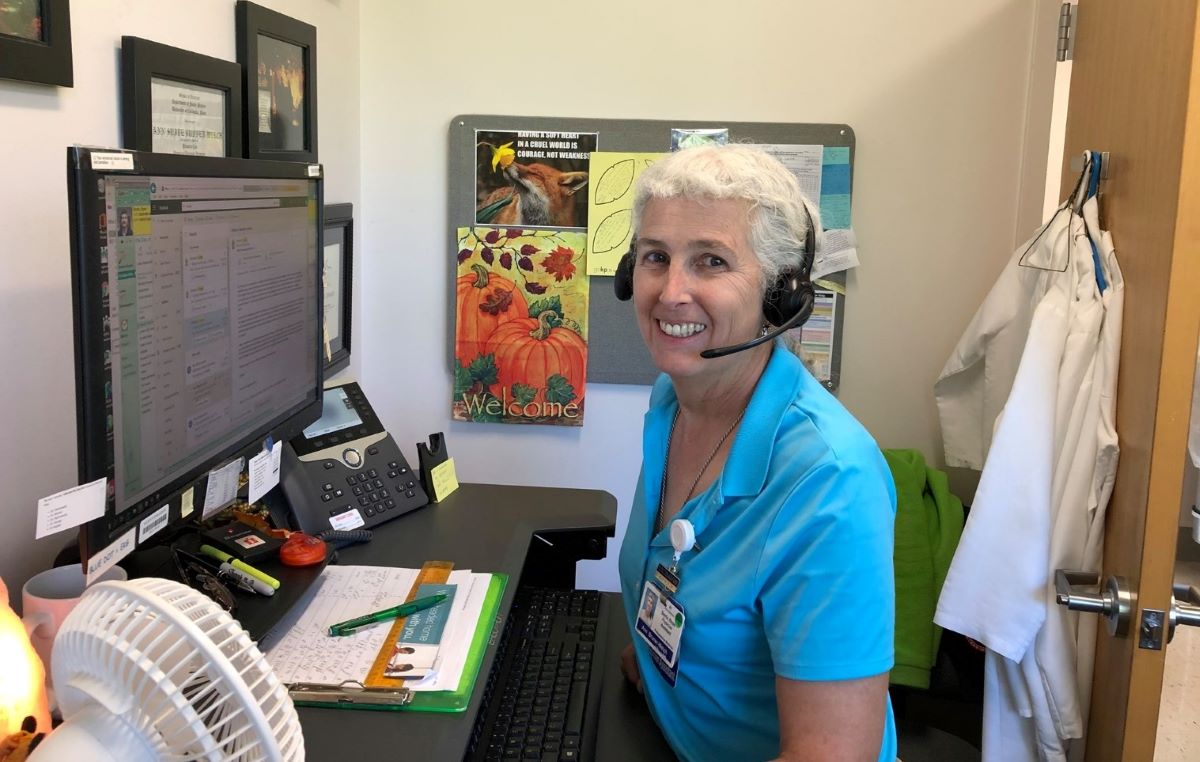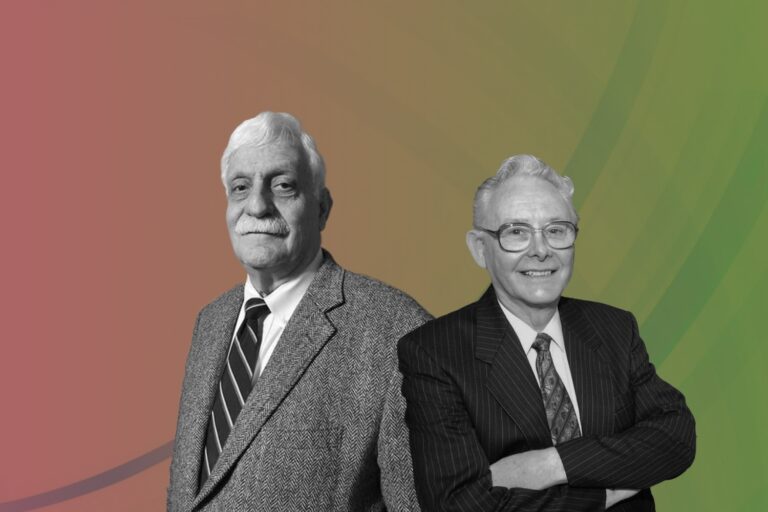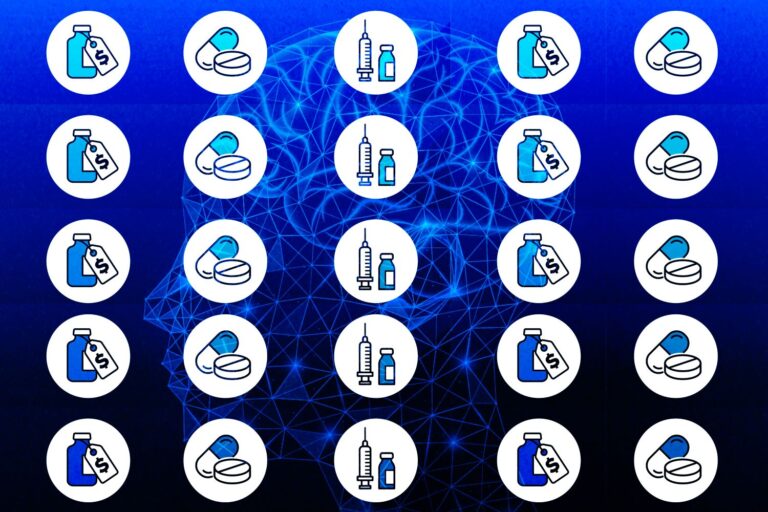Kaiser Permanente: Establishing Principles for Success as an Integrated Health System
Developing on the foundation of over 75 innovative years, Kaiser Permanente has led the way in delivering high-quality and affordable healthcare and facing the pandemic head-on. With a clear, agreed-upon mission, culture of measurement, comparison, acknowledgement, learning, and improvement, together with aligned structure and integrated information technology, Kaiser’s people tackle each challenge with one vision in mind: to help their members and communities experience more healthy years.
Let’s reflect on Kaiser’s journey to take some important lessons away!
Develop a Data-based Approach
In terms of data, Kaiser understands the importance of sharing data with doctors. When the system puts data in front of physicians, they don’t spend time debating whether or not the information is good and so they would be willing to change behavior based on evidence of practices. Ultimately, the system has developed a culture that embraces data that measures and compares data across the board.
During the pandemic, one of the system’s biggest takeaways is to be prepared for the unexpected. The system needs chart-level data to identify high-risk patients and the resources they need, and an understanding of its partners so it would know who has those resources to help. Therefore, Kaiser has control at its fingertips. The more the system understands that, the more equipped it is to react and intervene when tragedy strikes.
Kaiser pivoted quickly to the need for data, looking at patient populations across SNF settings and communicating and working together to proactively triage patients. The system launched a strike team to visit SNFs and teach them about appropriate transitions to avoid and mitigate risk. The collaboration between hospital systems and post-acute care systems is also an important part of planning to avoid operating in silos. Data really helped it use transitions sparingly and only when appropriate.

Lessons on Chief Creative Officer Leadership
Executive leaders must integrate the complexities of all the dynamics, some of which are beyond their control, and then guide the business in making sense of them and delivering on the value proposition, which involves executing plans in the middle of all of this chaos. For that reason, setting the direction and performance standards, as well as inspiring and motivating individuals, are critical at Kaiser.
Lesson #1: Stay Focused on the Mission
Kaiser’s mission is healthcare and the CCO’s mission is to do business ethically and in compliance through the prevention, detection, and remediation of issues. Everything the system does is through the lens of that mission. There are many turbulences as the conditions change too continuously to be controlled. But the one thing Kaiser’s teams do control is staying focused on its mission. Kaiser understands that employees are an integral part of its success and can equally be a part of an ethical or compliance failure.
There’s a need to incorporate the system’s values statement into the hiring process. Starting with recruitment, Kaiser would ask if the employee’s personal mission in life aligns with the mission of the system. After that, it has to maintain an environment conducive to attracting people who fit its culture and making sure everyone is all clear on the mission is core to that.
Lesson #2: Understand Middle Managers’ Burden
Middle managers have one of the most difficult jobs in any organization. Today’s management is evolving away from directing and toward coaching, facilitating, and creating the right environment for people to excel in their space. Middle managers have to deal with both dynamics. the company has to work more with middle managers as they are the key to the organization’s success.
As a result, numerous techniques to educate middle managers in the organization and develop managers have emerged. This translates into what the system should do in terms of overall compliance training. One of the techniques would be to bring business unit folks into compliance projects so that it expands the relationships of both the compliance function into the business and the business unit folks into compliance.
Lesson #3: Foster a Speak-up Culture
At Kaiser, the speak-up culture is also known as the “freedom of speech” culture. Individuals who exercise freedom of speech throughout the rest of their lives may feel different about the freedom to speak inside the organization. This concept is about not only the right to tell the truth but also the responsibility to tell the truth. The more people believe they will be respected for their views, the more they are willing to contribute, so the organization will benefit from the best thinking of its employees.
Tap into Employee Experience from Hire to Retire
In order to deliver a more meaningful and efficient HR experience to employees and managers within the organization, Kaiser made the move to Oracle HCM Cloud, which is a cloud-based software application suite for global HR, talent, and workforce management. The system wants to ensure that modern applications and up-to-date information are available throughout the employee lifecycle from hire to retire, ultimately creating a better workplace.
With a more unified HR experience that creates clearer roles, services, and access for employees, the system offers a chance for them to develop at a more productive rate. The goal of this HCM Cloud project is to focus on the future-state employee experience while undergoing large-scale technology implementations, as well as how to track progress and assure alignment with specified guiding principle targets.

The key characteristics that Kaiser hopes the future employee experience would look like are defined as fours design aspects of the project. Specifically, the system wants the experience to be intuitive, meeting employees where they are with channels or technologies they already use; seamless, having an active feedback loop to employees; value-focused, creating moments of value across every journey; and supportive, giving employees autonomy but supports them when they need clarity.
At the same time, Kaiser establishes some guiding principles that defined the vision of the project. These principles provided a framework for the implementation team to make decisions in order to achieve the system’s shared objective. Adoption, ways of working, shared services, costs & investments, approvals, anytime access, accountability, and levels of standardization were the eight guiding principles developed by Kaiser.
Takeaways from Kaiser’s Covid-19 Response
For those last unprecedented years, all of us have changed and become part of the history of the Covid-19 pandemic, and Kaiser is not an exception. As Kaiser reflected on the crisis, it recognized several key takeaways that have impacted leadership strategies and changed its employees’ work and lives.
Key #1: The Power of Integrated Care
This model of care seemed to be built for this kind of problem. Over the years, Kaiser’s integrated approach to healthcare has served the organization well in providing safe care to members and the community. It was a vast corporation with multiple persons in charge of various parts, including policy, pharmacy, clinical work, human resources, and communications, and everyone collaborated.
Key #2: Work Together in a Flexible Way
What was the best thing learned was the partnership between Kaiser and its unions in action. Everyone within the system truly leaned in, bent to the needs of the patient, and got busy getting down to the job of giving care. Finding the best ways to safely treat the influx of patients led to several innovative solutions. While the immediacy of the situation often called for quick action, the decisions made were always based on evidence, that sort of rapid decision-making was an important lesson.
Key #3: Take Advantage of Innovation
One key theme coming out of Covid-19 is the awareness of how innovative the system can be and how fast it can move when the structures that were set in a normal world melt away. It’s not business as usual anymore. It’s everything from team huddles and rounding to making sure the psychological needs are being attended to. Using technology, Kaiser’s leaders were able to continue the practice remotely, connecting with employees and sharing important resources.
Key #4: People Are the Biggest Asset
The pandemic has also helped reinforce the fact that people are Kaiser’s most valuable resource, and the system’s leaders have been finding new ways to build the skill of employee engagement. Rather than directive leadership, it’s communicating a vision that makes sense and empowering its teams. At the same time, the system actively discovered what its employees need to stay healthy, both mentally and physically.
Creating a Learning Organization

Although Kaiser’s large size, loosely coupled structure, and geographically dispersed locations present formidable barriers, the system has succeeded in creating a learning organization. In doing so, middle and frontline managers work with staff to focus on the value to patients of making improvements, help teams create meaningful goals, and support high-performing teams and cohesive culture. The “Journal on Quality and Patient Safety” by Joint Commission introduced some aspects around how Kaiser become a great learning organization. Now let’s discover what they are!
#1. Sharing Performance Data in Real-Time
Various tactics are being used at all levels of the organization, from the board of directors to frontline workers, to enable real-time sharing of relevant performance data. Storyboards incorporating data related to ongoing improvement efforts are displayed by frontline teams and departments. Teams also meet in huddles to discuss metrics that support local improvement programs and to keep a patient-centered perspective by using patient tales.
At the facility and clinic level, Kaiser’s integrated electronic health record delivers real-time reports on process and outcome indicators to assess the quality and reliability of care. Facility leaders produce reports such as daily and historic trend reports for inpatient utilization and staffing patterns to assist managers and teams in decision-making. At the level of individual health care providers, the system incorporates inpatient and outpatient evidence-based, point-of-care decision supports.
#2. Problem-Solving Methodology Training
At Kaiser, national and regional executives are focused on ensuring that staff and physicians understand Kaiser’s approach to improvement, resulting in a shared lexicon and problem-solving methodology. This allows the entire system to learn and share information more quickly as a whole. The importance of choosing the right mentors cannot be overstated. At least 15 years of expertise as an improvement expert is a key quality of successful mentors.
Mentors in the system have worked in the manufacturing, automotive, healthcare, and information technology industries. They are defined by their capacity to comprehend others, relate well to others, adapt to changing circumstances, and communicate effectively, which includes translating and distributing knowledge at the right time and in the right amount based on organizational preparedness.
#3. Knowledge Sharing and Workforce Engagement
A unique working agreement between unions and management at Kaiser incorporates continuous learning among frontline personnel into everyday activities. The agreement establishes shared accountability for performance improvement, learning, engagement, and decision-making across the country. Employees are assigned to unit-based teams (UBTs), which are collaborative workgroups comprised of all members of a work unit or department.
UBTs work toward attaining strategic PI goals for clinical quality, member service, cost-efficiency, and workplace quality, led by labor and management co-leads and supported by designated organizational sponsors. UBT members work together to plan and create work processes, set goals and define metrics to track progress toward attaining them, and detect and resolve problems before they become a problem.
#4. Leadership Structures and Behaviors

Kaiser has a long history of localized innovation and performance ownership. Autonomy and understanding of the area are highly prized. The system needed to restructure structures and accountabilities at the national, regional, and facility levels to enable the entire system to learn across sites. Creating a learning organization necessitated some reorganization of leadership structures as well as the development of new beliefs and actions by leaders at all levels.
Identifying organizational needs, goals, and related metrics; articulating drivers and priorities; and supporting testing and learning at the front lines of care are all examples of leadership roles. Individual and group responsibilities and expectations are clarified through business and negotiation agreements, which aid organizational learning. These leadership obligations must be required of all managers and leaders in their daily work management.
#5. Benchmarking Internally and Externally
Benchmarking was utilized by Kaiser to discover the capabilities of high-performing healthcare companies. The system went to top performers to discover how to increase performance and implement critical process improvements that were identified externally. When it comes to internal benchmarking, Kaiser coaches its employees to identify higher performers, learn about the problems they solved and the techniques they established, and assess if the method is appropriate for local implementation.
Internal benchmarking strategies, including a thorough medical center-level scorecard, may be found at all levels of the business. The scorecard includes statistics on strategic priorities, rankings compared to other Kaiser medical facilities, top performers’ performance data, performance over time, and regional targets. It also identifies both sponsors and advocates in the leadership.
#6. Technical Information Exchange
Personal ties were shown to be crucial to transferring knowledge within an organization in research commissioned by Kaiser on technical knowledge management systems. The system has developed several ways for enabling information sharing through human contacts, in addition to building a repository for good practices.
Both knowledge and know-how are communicated, with knowledge being technical information about what to do and know-how being process content on how to do it. Kaiser’s intranet allows for cross-site knowledge sharing. Technological tools, on the other hand, do not work for knowledge sharing without a major time and energy input. To ensure widespread adoption, a content specialist leads the formation of a “Community of Practice” comprised of staff, physicians, and managers from several sites who are all working on the same problem.
The Bottom Lines
In many ways, Kaiser is making efforts to build a highly inclusive, engaging, and safe workplace where everyone within the system has an equal opportunity to reach their full potential and use their diverse perspectives and strengths to support the mission. The lessons above are the key to Kaiser’s success that today’s healthpreneurs should learn and apply in practice.









